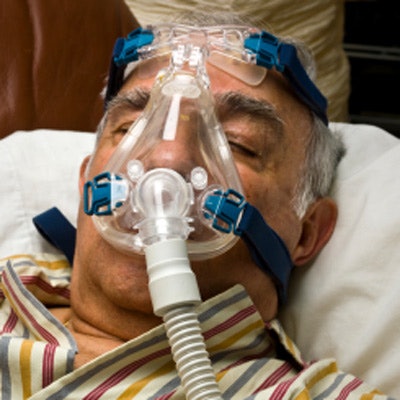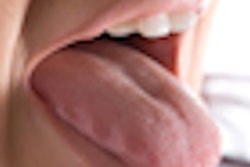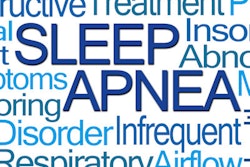
Do you test your older patients for obstructive sleep apnea (OSA)? The researchers of a new study suggest you should, as they found that these patients are at high risk for OSA and often are not tested.
More than 1,000 older individuals were surveyed about their sleep and their risk for OSA. While more than half were estimated to be at high risk for sleep apnea, less than 10% of these patients had been screened. The results were published in the Journal of the American Geriatrics Society (May 9, 2018).
"We see that OSA was rarely evaluated, but when it was, it was almost always confirmed," stated co-lead author Galit Levi Dunietz, PhD, MPH, in a Michigan Medicine release. "This suggests an opportunity to increase the evaluation among older Americans."
Dunietz is a postdoctoral research fellow in sleep epidemiology at Michigan Medicine's Sleep Disorders Center at the University of Michigan in Ann Arbor.
Underevaluation
The prevalence of obstructive sleep apnea in older adults in the U.S. is unknown, with some of the best studies conducted 30 or more years ago. Researchers wanted to find out how many older Americans are at risk for OSA and if these patients receive OSA evaluations, diagnosis, and treatment.
“We see that OSA was rarely evaluated, but when it was, it was almost always confirmed.”
Data were obtained from the National Health and Aging Trends Study, a study that included more than 1,000 community-dwelling Medicare beneficiaries age 65 and older.
Study participants were asked specific questions about sleep disturbances, including items that resembled the STOP-Bang Questionnaire, which is used to assess OSA risk. The STOP-Bang acronym stands for snoring, tiredness, observed apneas, high blood pressure, body mass index, age, neck circumference, and gender.
This questionnaire has a high sensitivity to predict patients at risk for OSA. In general, a score of 0 to 2 on the questionnaire is considered low risk, 3 to 4 is considered moderate risk, and 5 or greater is considered high risk.
The researchers found that 56% of those who completed the questionnaire were estimated to be at high risk of OSA (95% confidence interval [CI]: 53% to 59%), but only 8% of these patients had been tested for it (95% CI: 5% to 11%).
Of those tested, 94% were diagnosed with OSA (95% CI: 87% to 100%). Treatment with positive airway pressure was prescribed for 82% of participants with an OSA diagnosis (95% CI: 65% to 99%). More than 80% of these patients were prescribed positive airway pressure (PAP) equipment.
The remaining 44% of respondents had a score of 2 or less on the questionnaire. Only 2% of these patients had received OSA evaluations (95% CI: 0.8% to 4%). Most of these patients (90%) received an ICD-9 coded OSA diagnosis (95% CI: 88% to 92%), and 50% were prescribed PAP equipment (95% CI: 38% to 62%).
More screening needed
The study authors noted that the questionnaire used resembled the STOP-Bang questionnaire but that the alterations in some questions may have excluded some at-risk participants. In addition, their study did not include Medicare Advantage beneficiaries, which could limit the study's generalizability.
However, the authors concluded from this representative sample of community-dwelling Medicare beneficiaries that high OSA risk is common but seldom investigated.
"The main concern is the underdiagnosis of OSA," Dunietz stated.



















